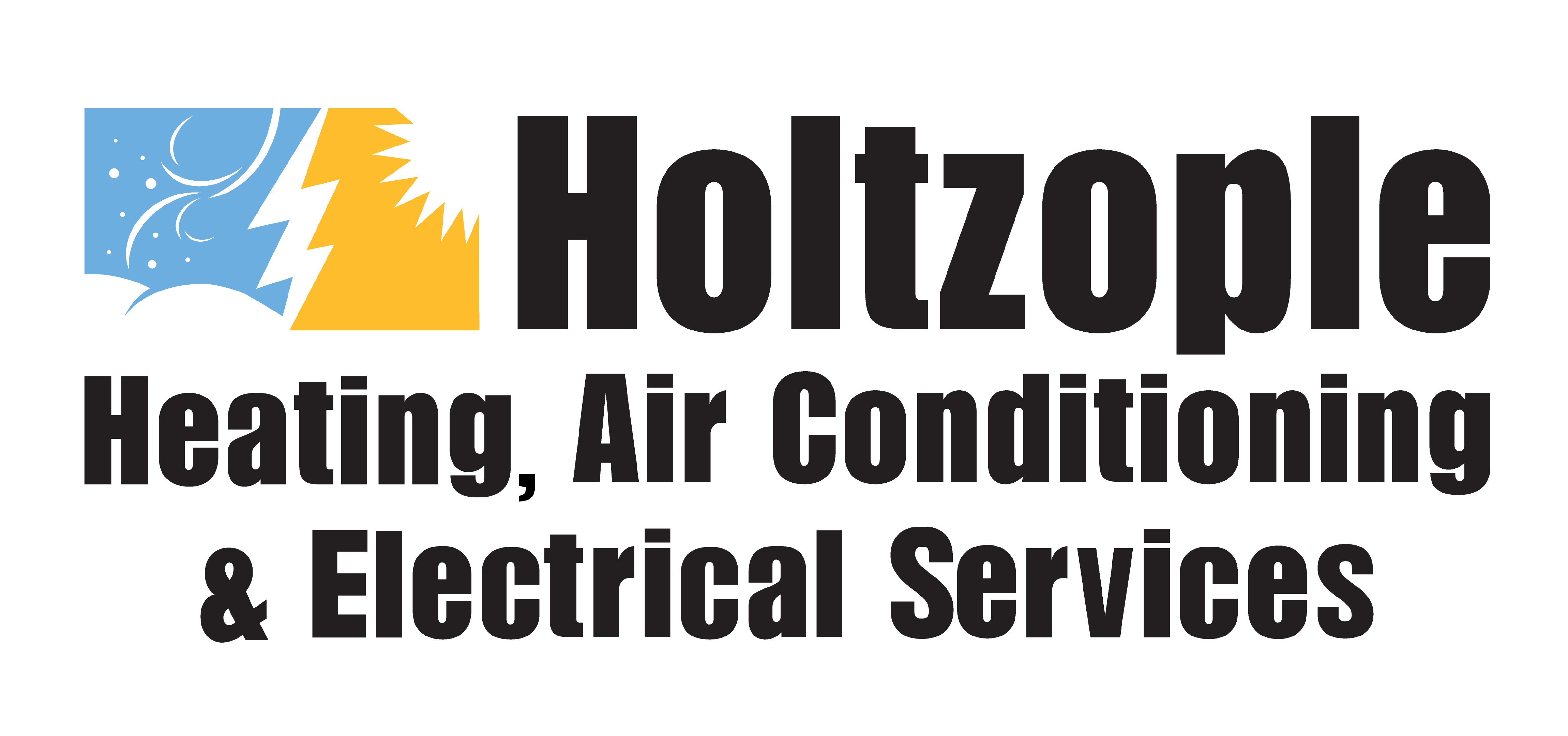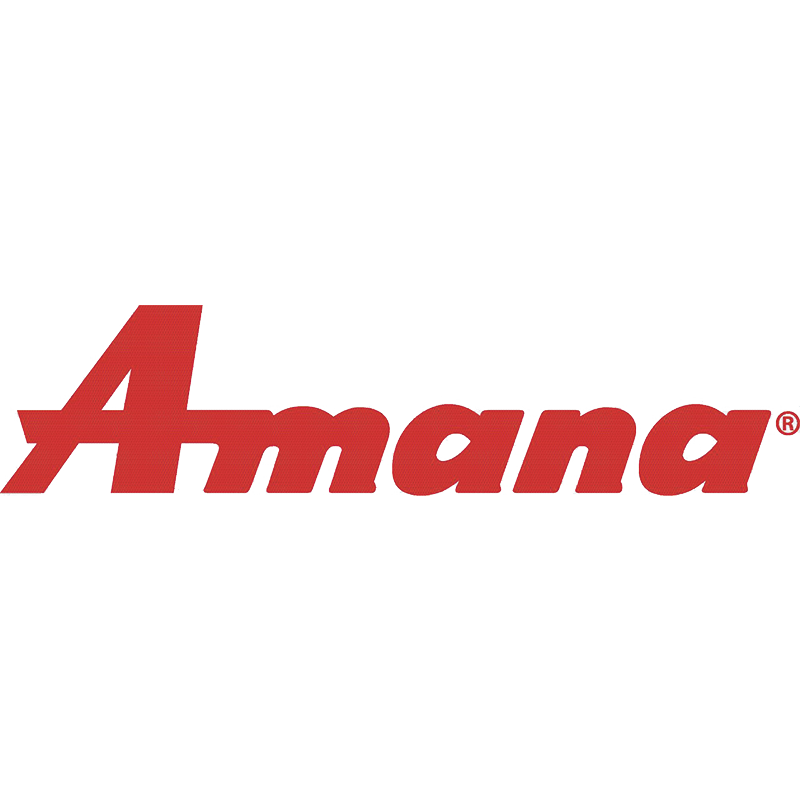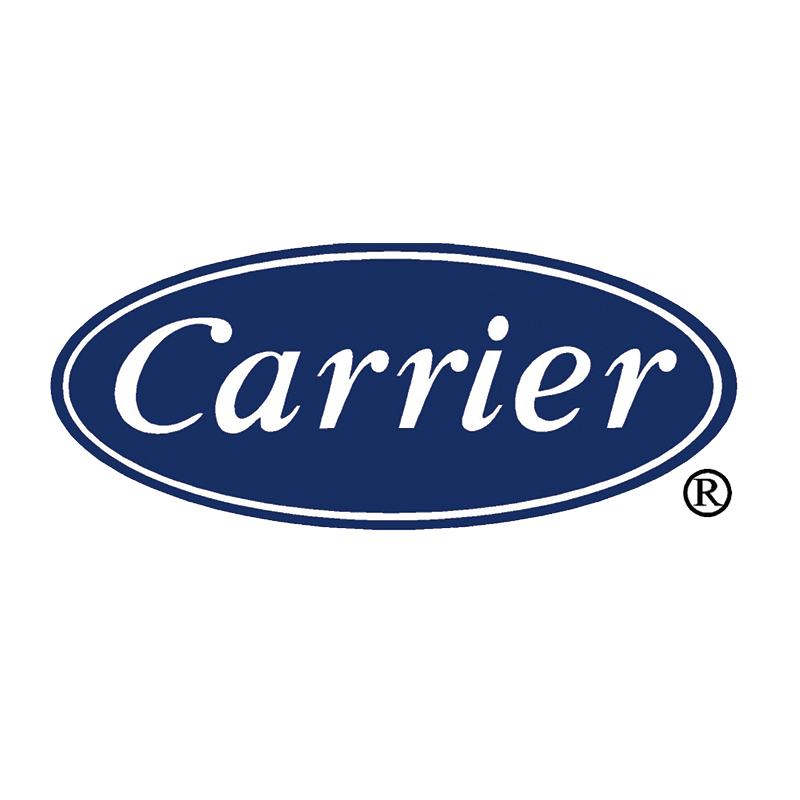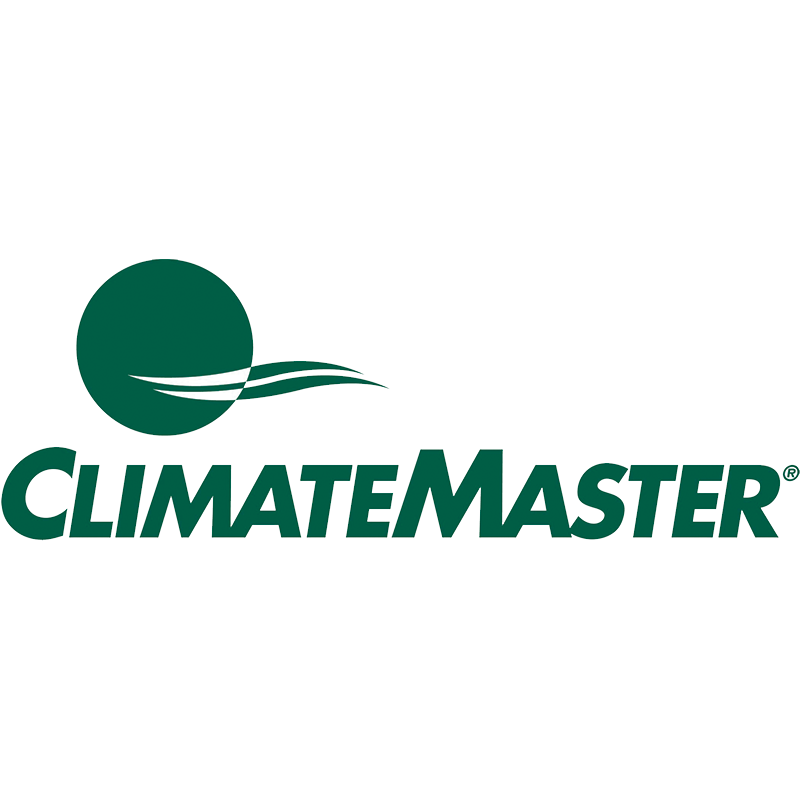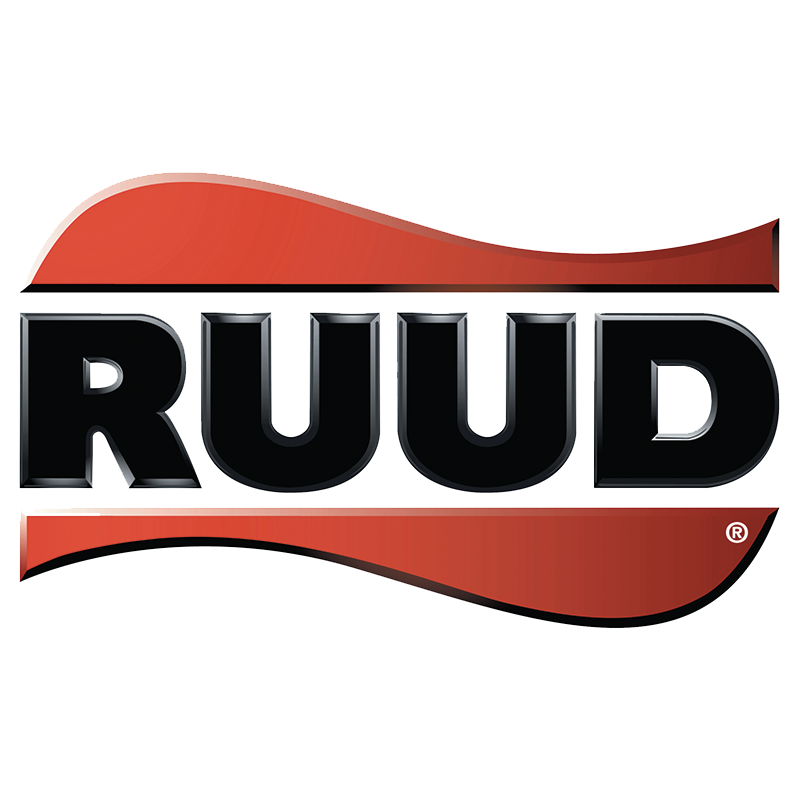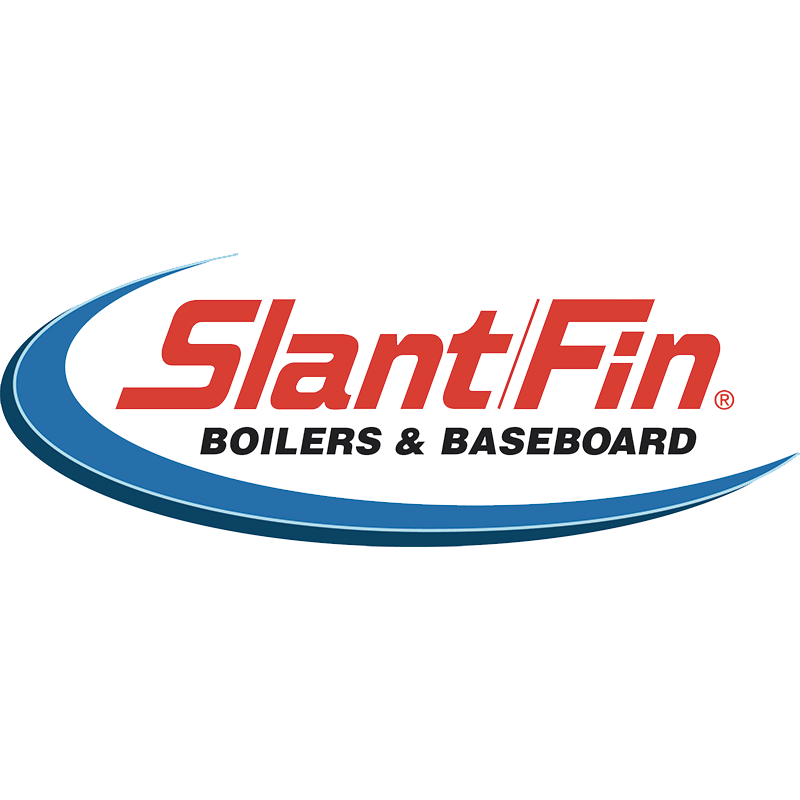Carbon Monoxide Leaks at Work: An Ounce of Prevention

Carbon monoxide: You can’t see it. You can’t smell it. But make no mistake: it’s toxic enough to make you sick, and in high enough doses, lethal enough to kill you.
Of course that’s why, as a responsible business owner, you have carbon monoxide detectors installed in your workplace: to alert you as soon as a leak occurs, and prevent injuries and even death. However, the best way to protect yourself and your co-workers is to take measures to ensure that a carbon monoxide leak never happens. As with most serious situations, that “ounce of prevention” far outweighs the “pound of cure.”
First and foremost, it’s important to have a relationship with a reputable HVAC service provider who knows your business and work space, and is familiar with your equipment (and opt for that preventive maintenance contract if you’re offered one). Since so many carbon monoxide leaks come from heating systems and ventilation problems, your first call when you suspect or experience a problem should be to that trusted HVAC company.
Here are some HVAC safety tips to keep you and your team safe from carbon monoxide leaks in the workplace:
Schedule regular HVAC maintenance
Have your furnace, vents, chimneys, fireplaces, and any fuel-burning appliances inspected at least once a year by your commercial HVAC maintenance company, ideally in late summer/early fall before you turn them on. This will allow you to address any issues before you actually need to turn your HVAC system on.
Clean Vents and Flues.
Blocked vents or chimney flues is another common cause of carbon monoxide leaks. Your ventilation system is designed to move the deadly gases out of your building, but can get clogged by years-worth of dust and debris. Sometimes blockages can be caused by insect, bird, or rodent nests. Regular inspection and cleaning of vents and flues is one of the most helpful HVAC safety precautions that can prevent a business disaster.
Inspect heat exchangers.
The most common cause of carbon monoxide leaks is a failed or leaking heat exchanger in your gas or oil furnace. So what is a heat exchanger? It’s a vital component of your HVAC system that vents poisonous gases resulting from heat combustion away from your heating ducts and out of the building. However, over time, it is possible for them to develop holes or cracks that allow carbon monoxide to leak into your ventilation system. You may never know it, because everything may still seem to be working fine.
A failed or leaking heat exchanger can be especially dangerous because, oddly enough, some maintenance visits don’t even include inspecting them! Make certain this critical equipment is not overlooked.
A solid, trusting relationship with a certified HVAC service company staffed by specially trained professionals should be a key part of your work safety program.
